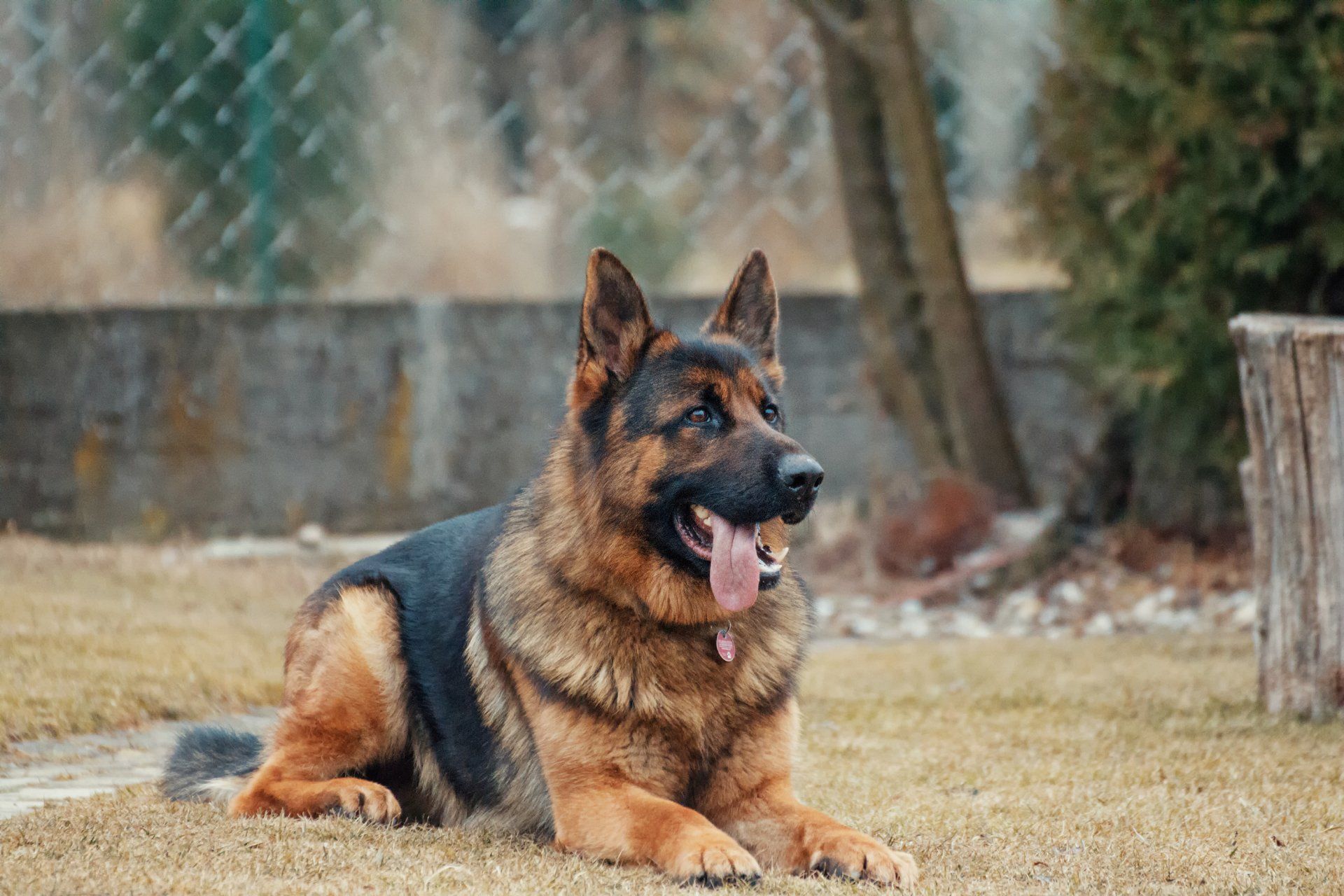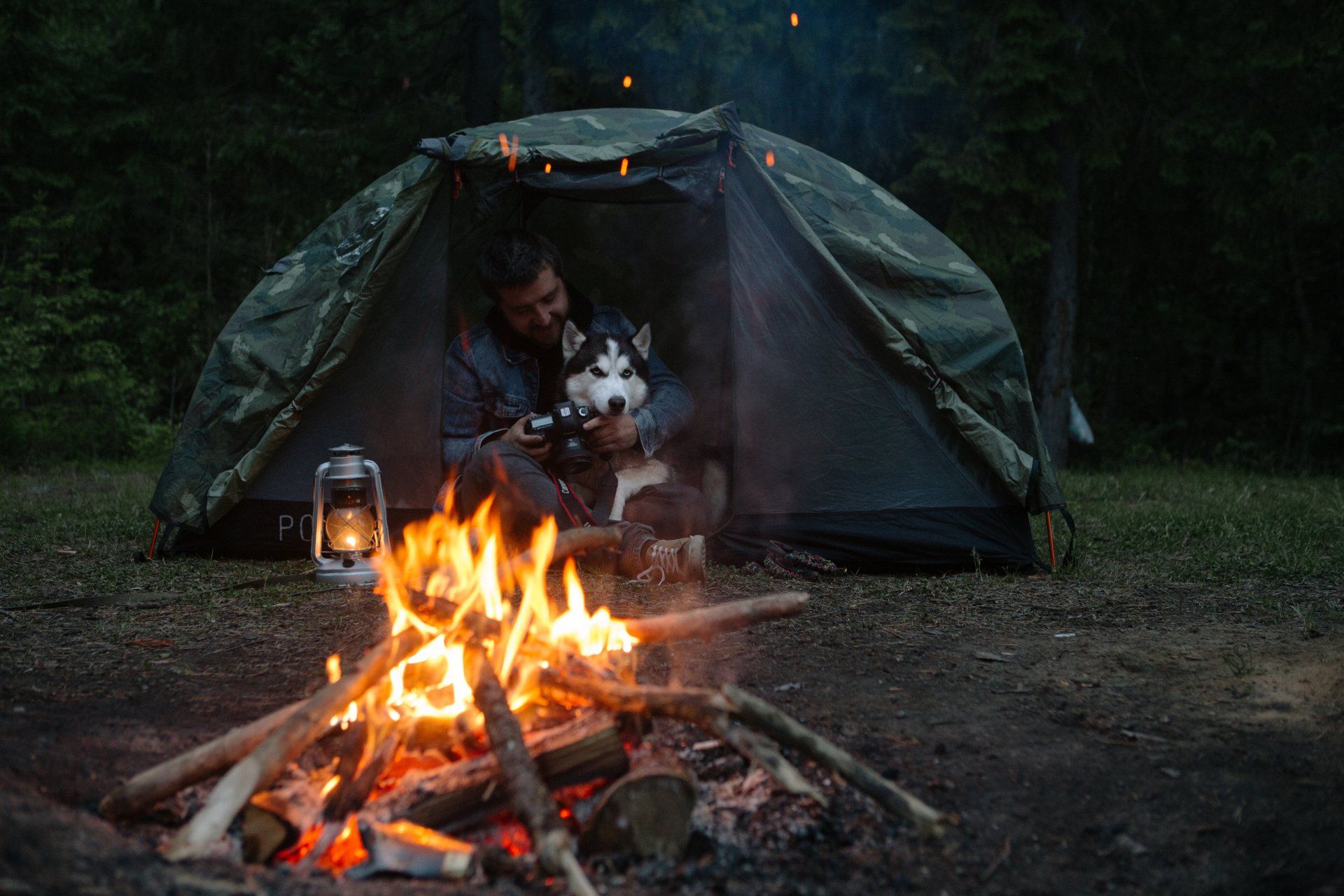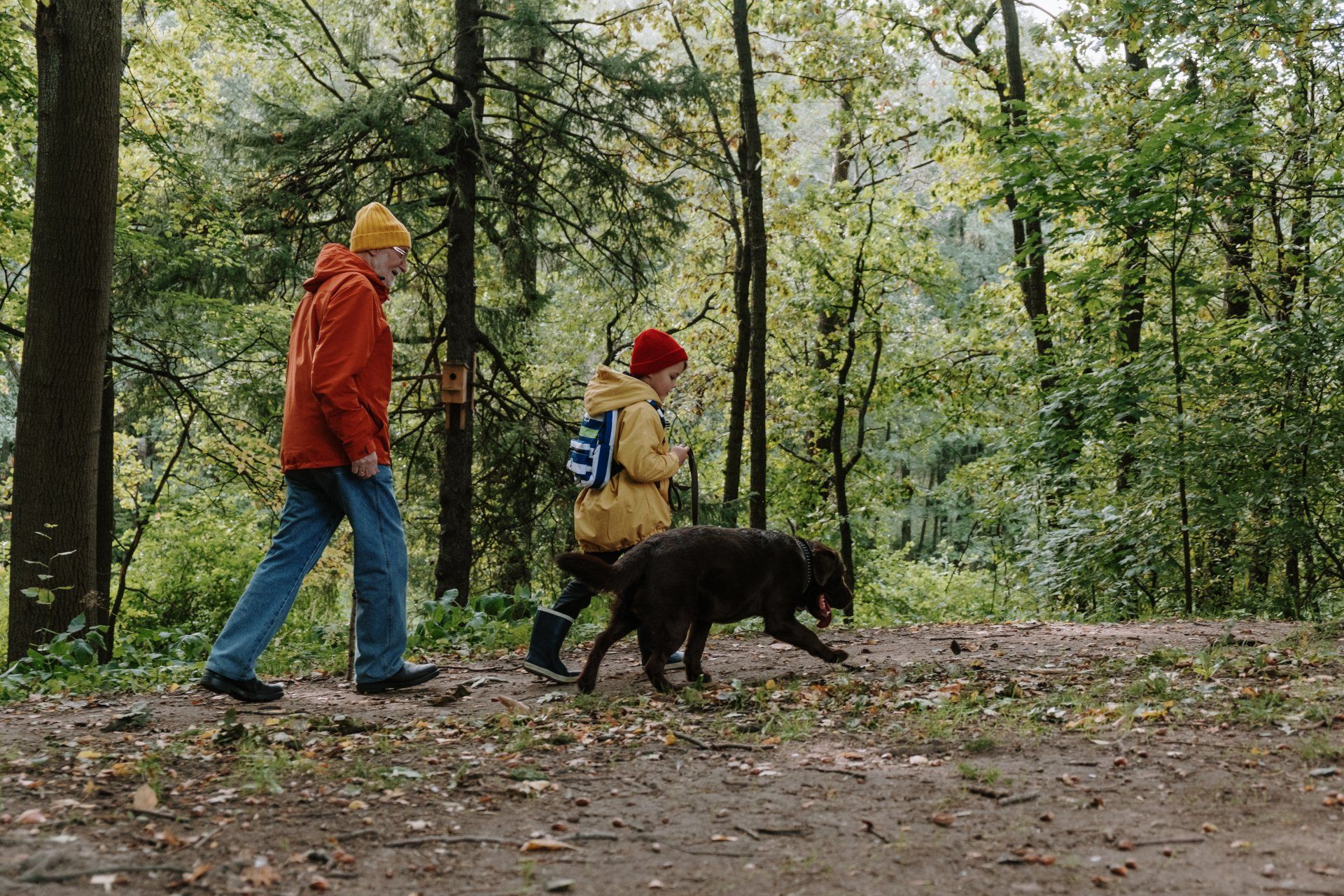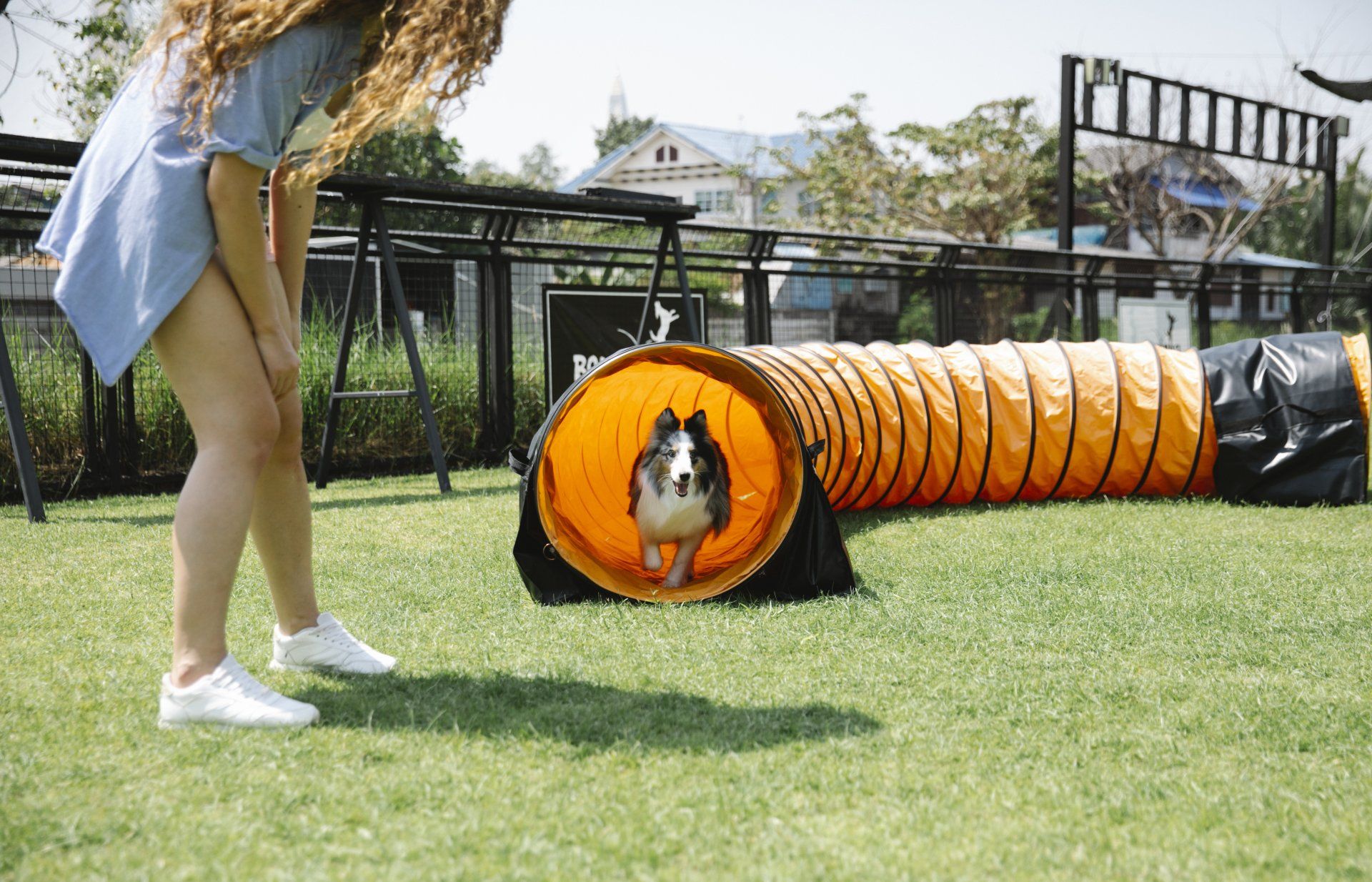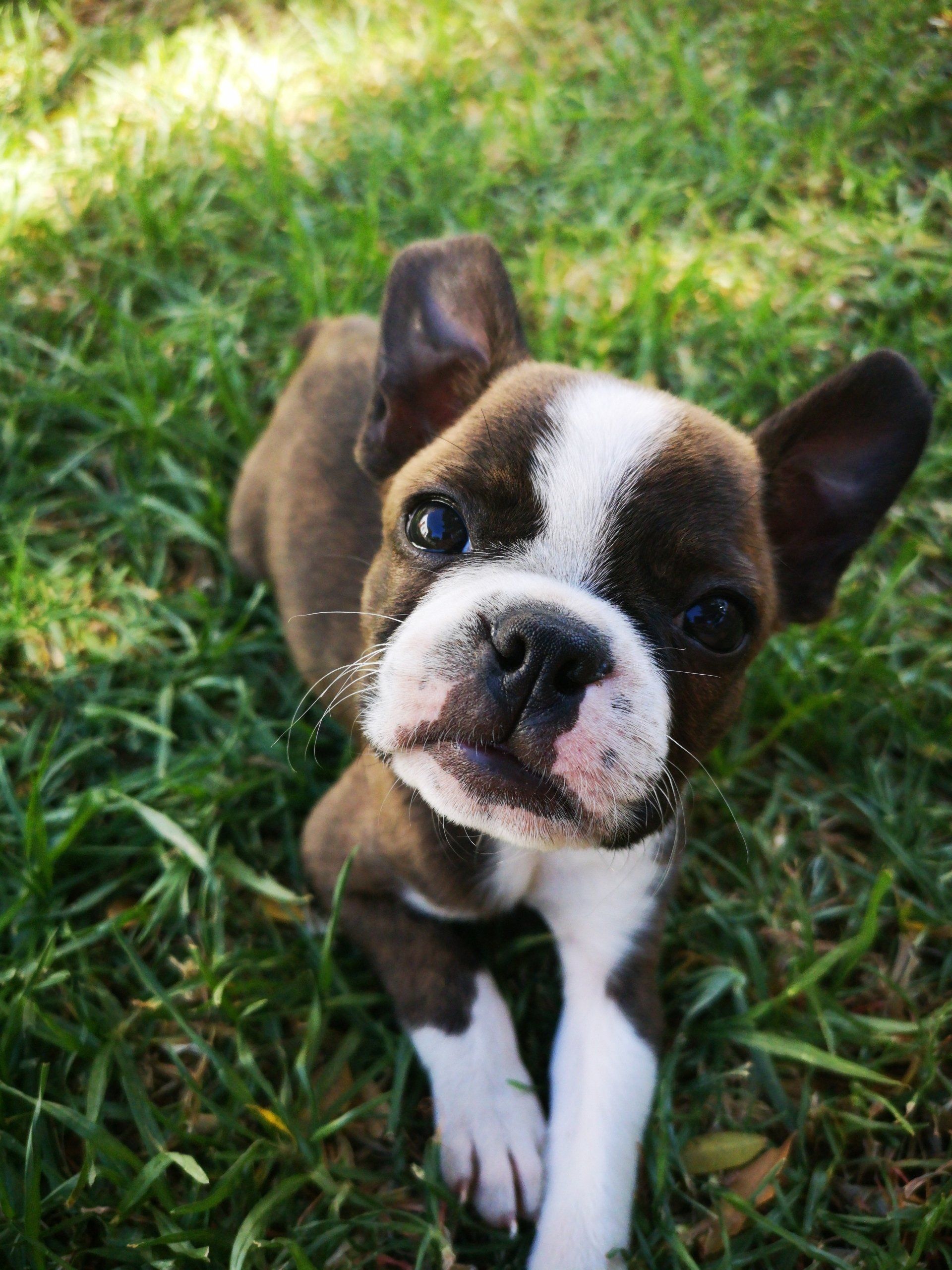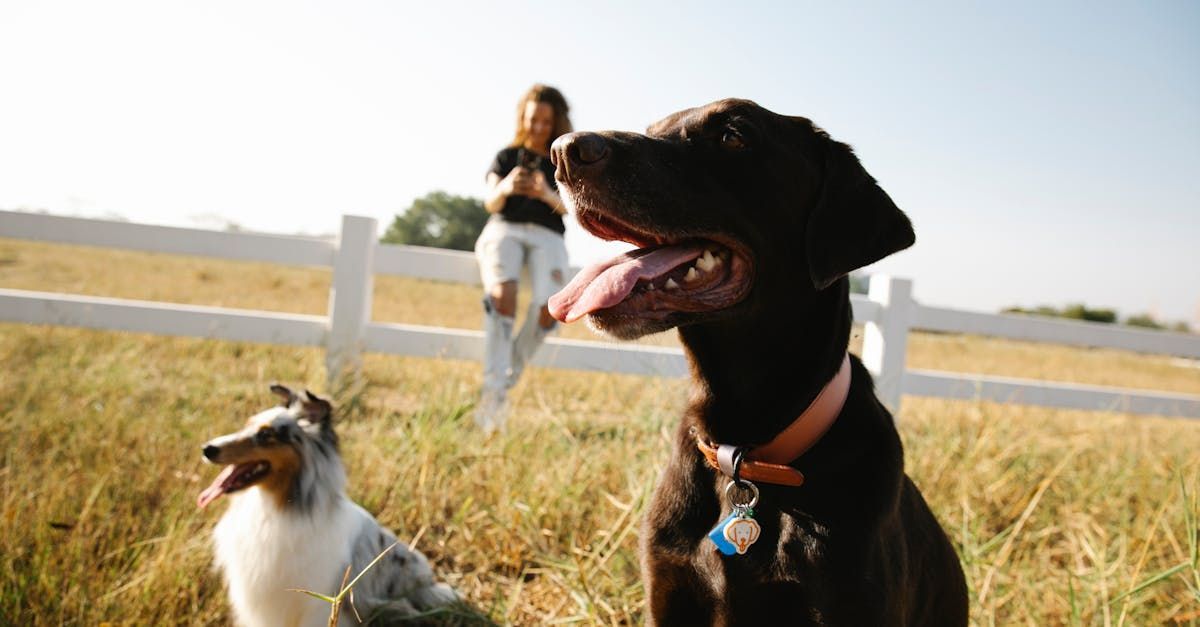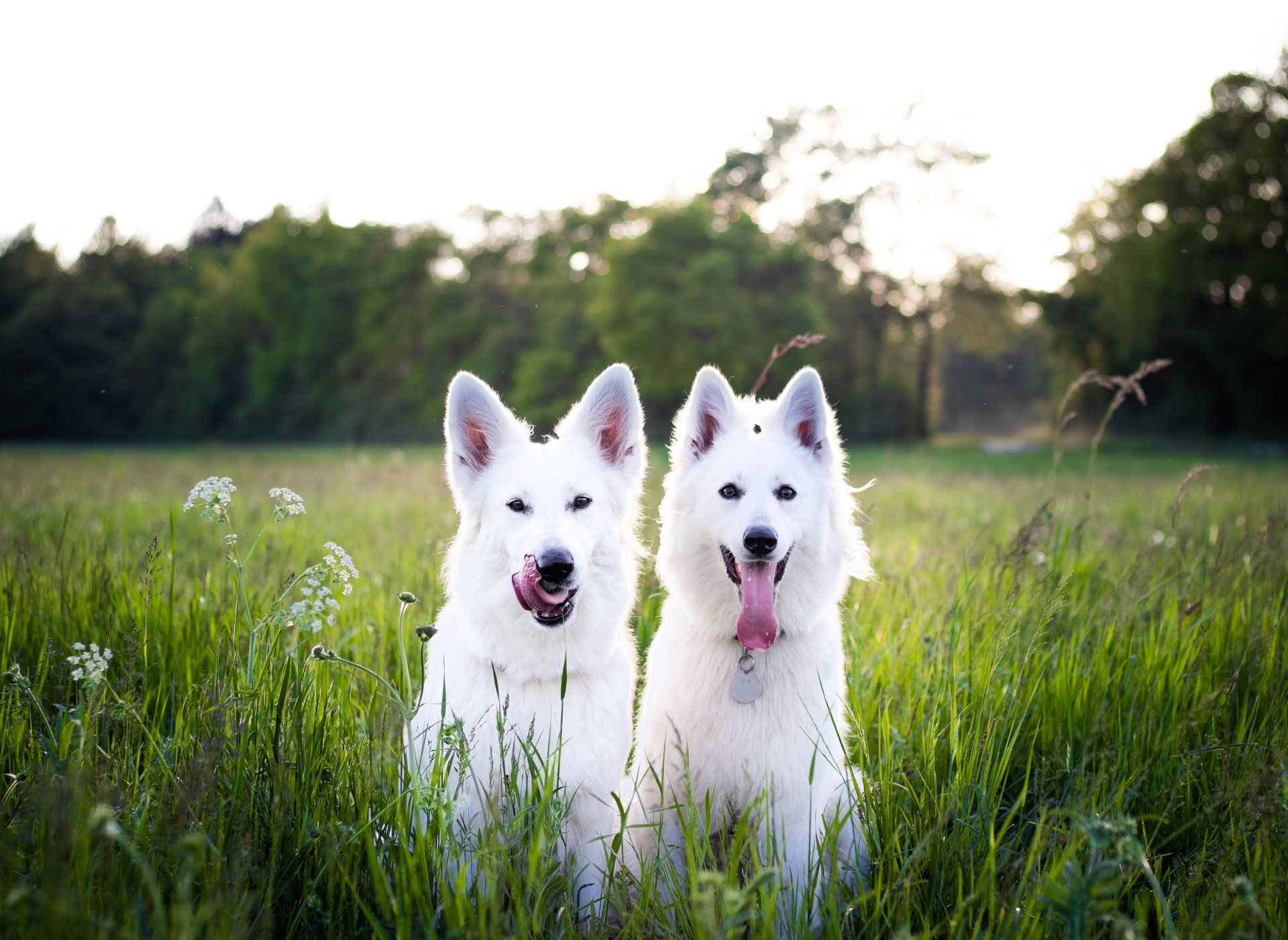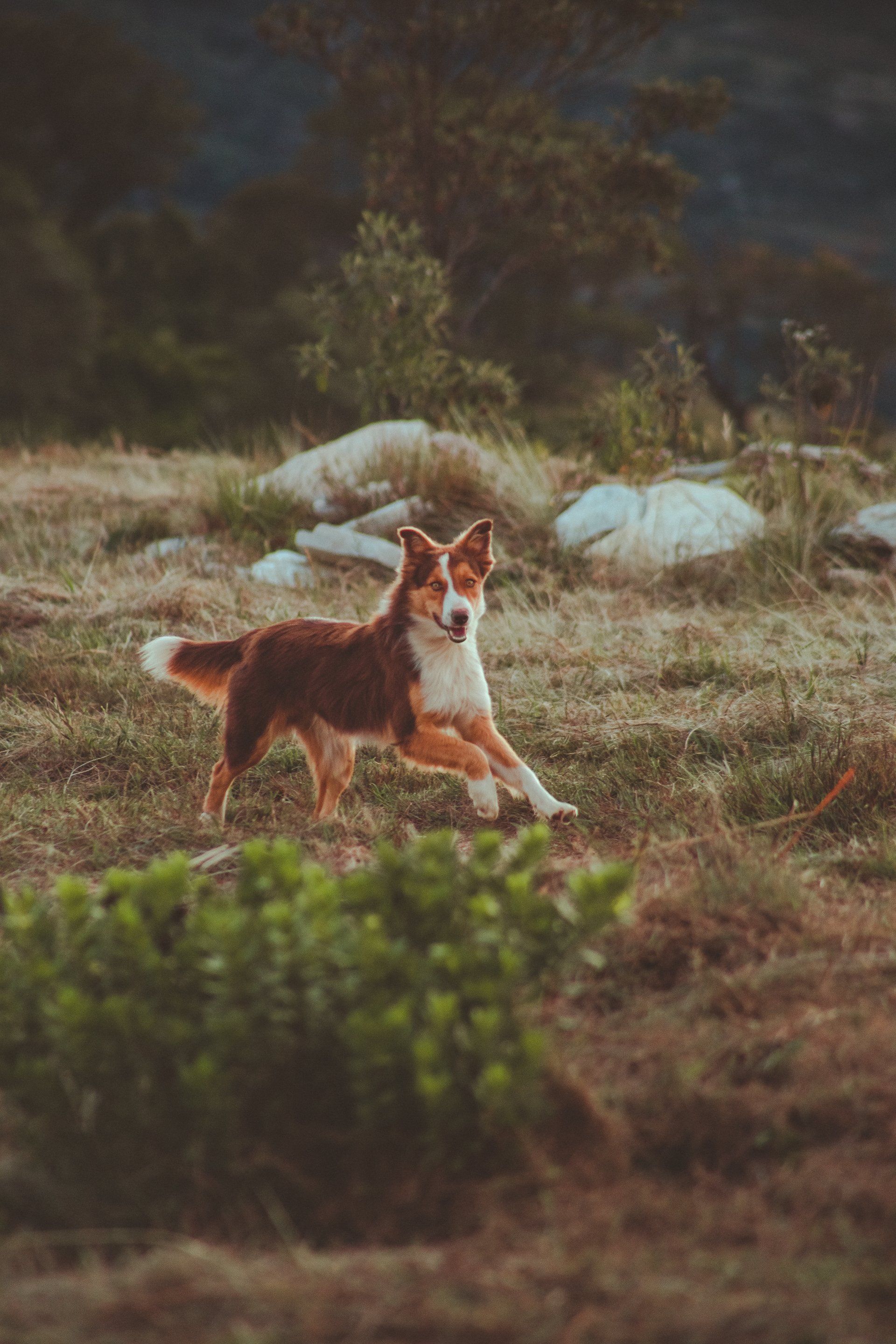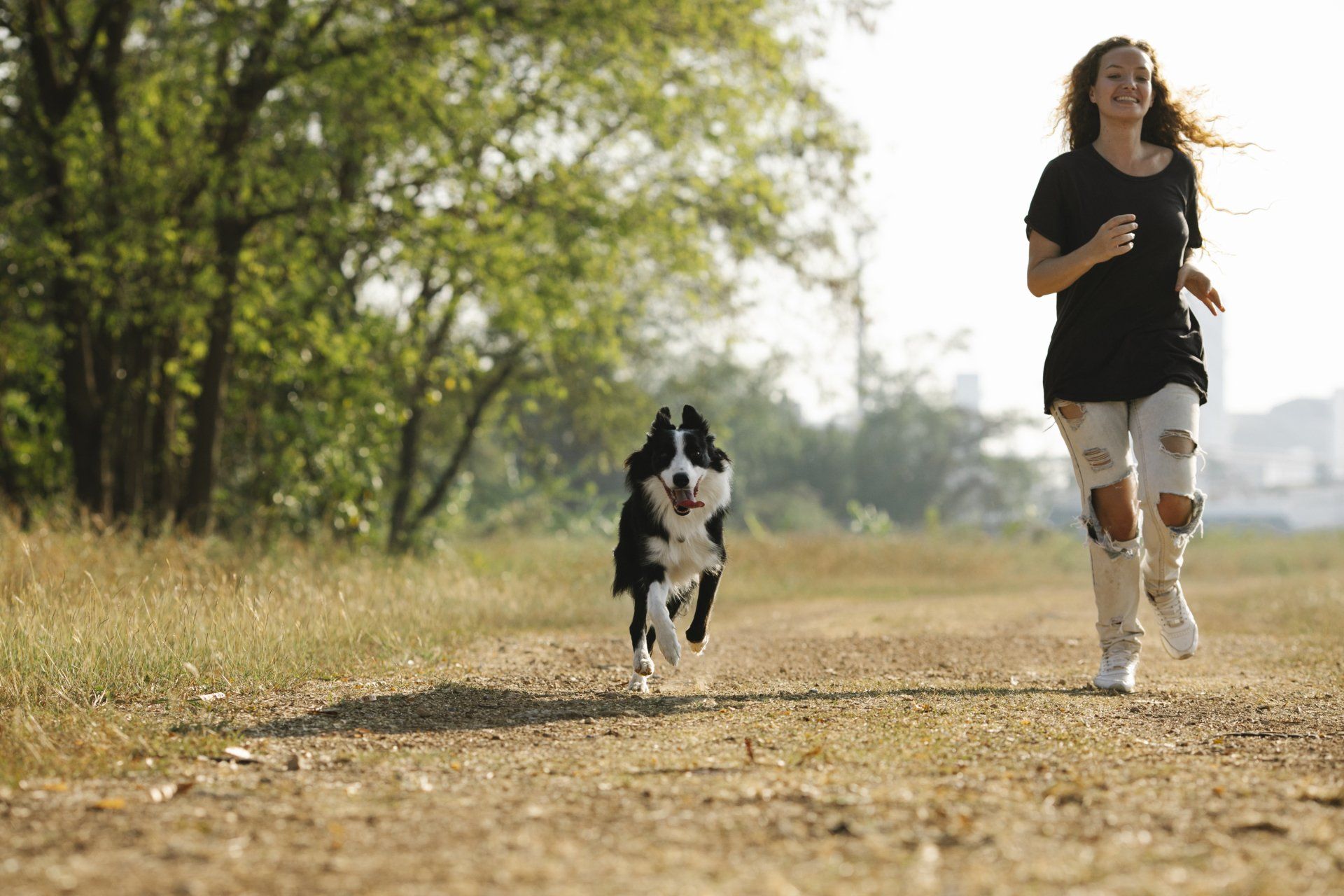Engaging Your Dog’s Mind: Fun Activities for Mental Stimulation
Tiring out your pup includes both physical AND mental stimulation!
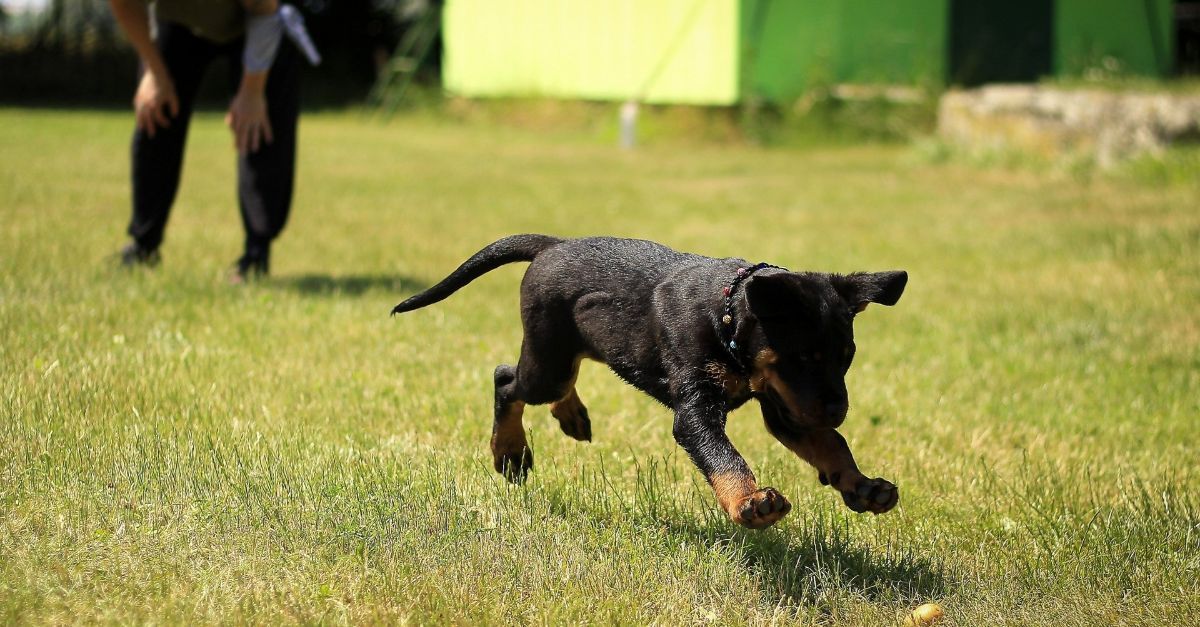
Dogs are not just pets; they are loyal companions who thrive on mental stimulation as much as physical exercise. Keeping your furry friend mentally engaged is crucial for their overall well-being. In this post, we’ll explore a variety of fun activities that can help stimulate your dog’s mind and keep them happy.
Before we get into those, let’s talk a little bit about what benefits you could see by exercising your dog’s mind.
Why mental stimulation?
Each dog breed in today’s modern world was bred for a specific job. That can range from protection/body guards, to loving family pets or livestock guardian dogs. Yes some dogs were even bred to simply be a lap warmer!
It’s important to know the history of your dog’s breed, because they are going to have a range of instincts that come along with that. And if you aren’t providing them the opportunity to work that instinctive drive in some way, you are going to see their behavior take a turn.
Now, not everyone is going to be able to work their dog in the exact manner that they were bred for. So you need to find ways to engage their mind along with their physical state that you can do consistently. When we meet the mental needs of our dogs, they are going to be tired out and satisfied. That’s why some people will take their dogs for several mile long runs/walks and they’ll get home, and their dog will still be bouncing off the walls.
The suggestions below, are just that. suggestions. There are numerous activities that you can do with your dog to engage with them and work their mind. If you’ve tried some of these before, see if you can think of ways to change them into something new. Make it a challenge for your dog to solve, get creative, and most of all have fun with your dog!
Mental Stimulation Activities
1. Snuffle Mats:
Snuffle mats are an excellent way to engage your dog’s powerful sense of smell. These mats consist of fabric strips tied together, creating a shaggy surface. Hide treats or kibble within the mat, and let your dog use their nose to hunt for the hidden treasures. It’s a fantastic way to provide mental stimulation while satisfying their natural instinct to forage.
2. Puzzle Toys:
Keeping Canine Minds Sharp, puzzle toys come in various shapes and sizes, each designed to challenge your dog’s problem-solving skills. From treat-dispensing balls to intricate puzzle feeders, these toys require your dog to figure out how to access the hidden treats. It’s not just about the reward – the process of solving the puzzle provides mental exercise and helps prevent boredom.
3. Training Sessions: Exercise Through Learning
Regular training sessions are not only an opportunity to teach your dog new tricks but also a chance to engage their mind. Basic obedience commands, such as sit, stay, or shake, provide mental challenges for your dog to think through. Consider introducing new tricks to keep things interesting and ensure continuous mental stimulation.
4. Interactive Feeding Toys: Turning Meals into Challenges
Instead of feeding your dog from a regular bowl, consider using interactive feeding toys. These toys dispense food gradually as your dog plays with or manipulates them. This not only extends mealtime but also encourages your dog to work for their food, turning a simple meal into an engaging challenge.
5. Hide and Seek: A Classic Game for Mental Exercise
Play a game of hide and seek with your dog to stimulate their problem-solving skills. Start by hiding a favorite toy or treat in an easily discoverable spot and gradually make it more challenging. This game not only engages their mind but also provides physical exercise as they navigate their surroundings in search of the hidden prize.
6. Exposure to Objects and Environments: Introducing New Experiences
Dogs are naturally curious, and exposing them to new objects or environments can be mentally stimulating. Take your dog to different parks, introduce them to novel toys, or rearrange their living space to keep things interesting. The novelty will capture their attention and engage their cognitive abilities.
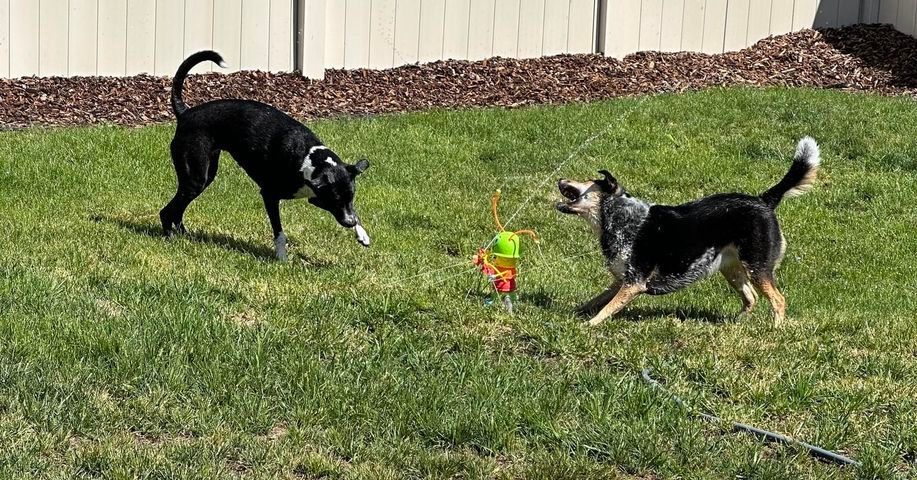
Mental stimulation is a vital aspect of your dog’s overall well-being. Incorporating activities like snuffle mats, puzzle toys, training sessions, interactive feeding toys, hide and seek, and exposure to novel experiences can contribute significantly to keeping your furry friend happy, healthy, and mentally sharp.
Experiment with these activities, learn your dog’s preferences, and tailor their mental stimulation routine to create a fulfilling and enriching environment for them.
In doing so, you will begin to see a positive change in your dog’s behavior. Keep it fun, keep it exciting, and keep it going!

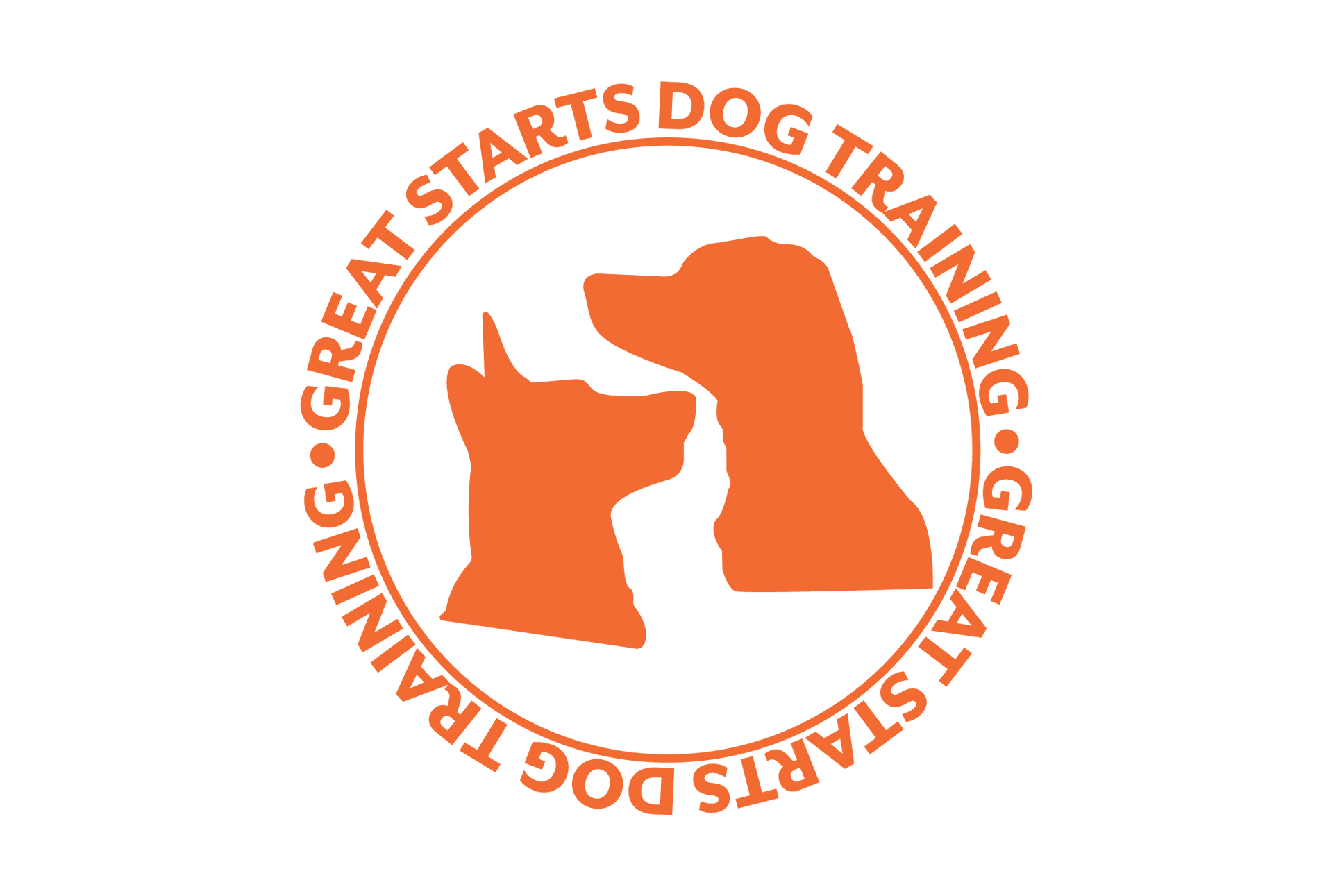
Great Starts Dog Training is proud to offer our Dog Training Services to the Idaho Treasure Valley area! Including: Boise, Meridian, Nampa, Caldwell, Eagle, Kuna, Star, Middleton and more!
Quick Links
Contact Information
All Rights Reserved | Great Starts Dog Training | Terms | Policies | Disclaimer | Template from Make It As A Dog Trainer | Hosted by Makena Creative
